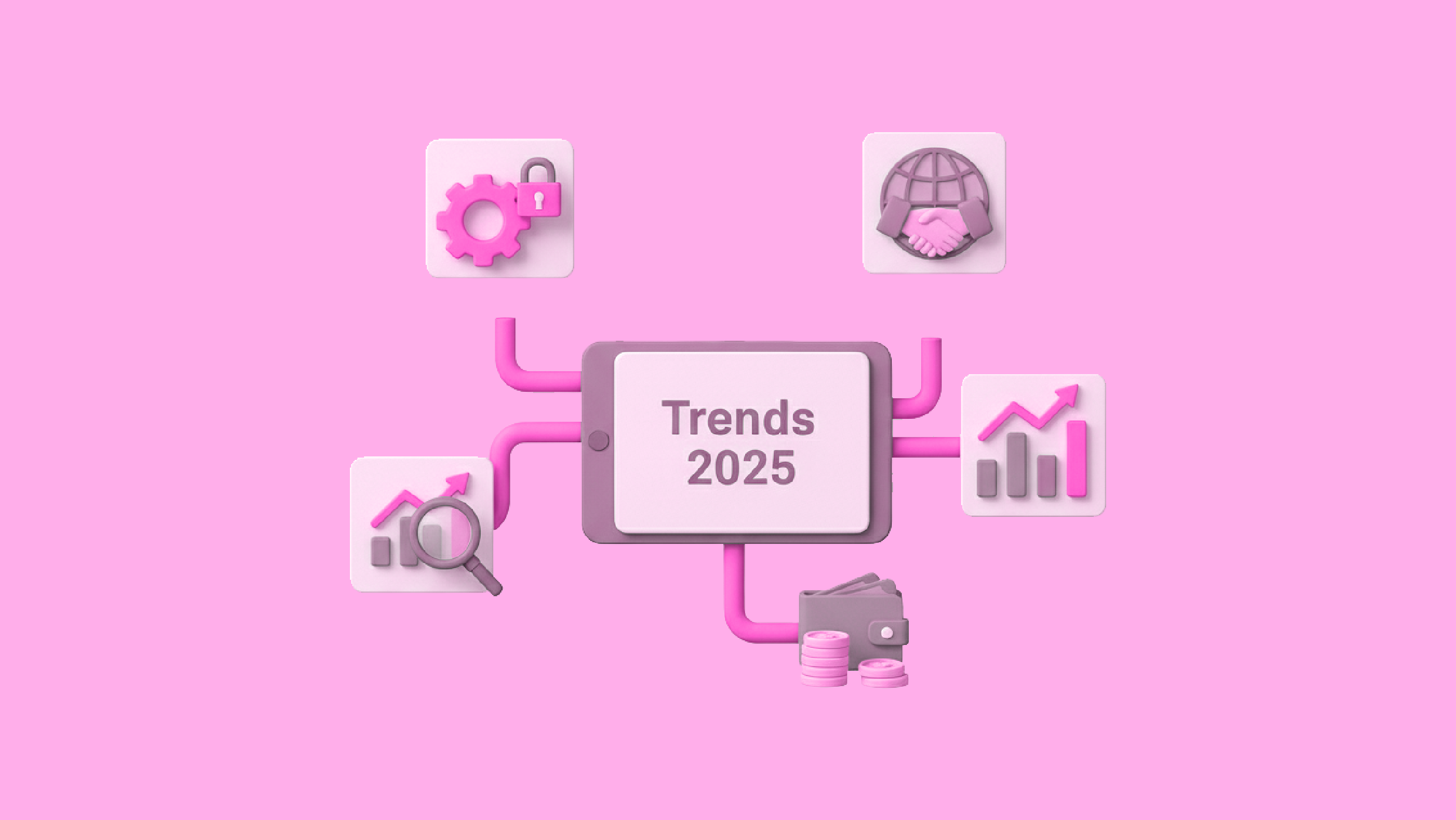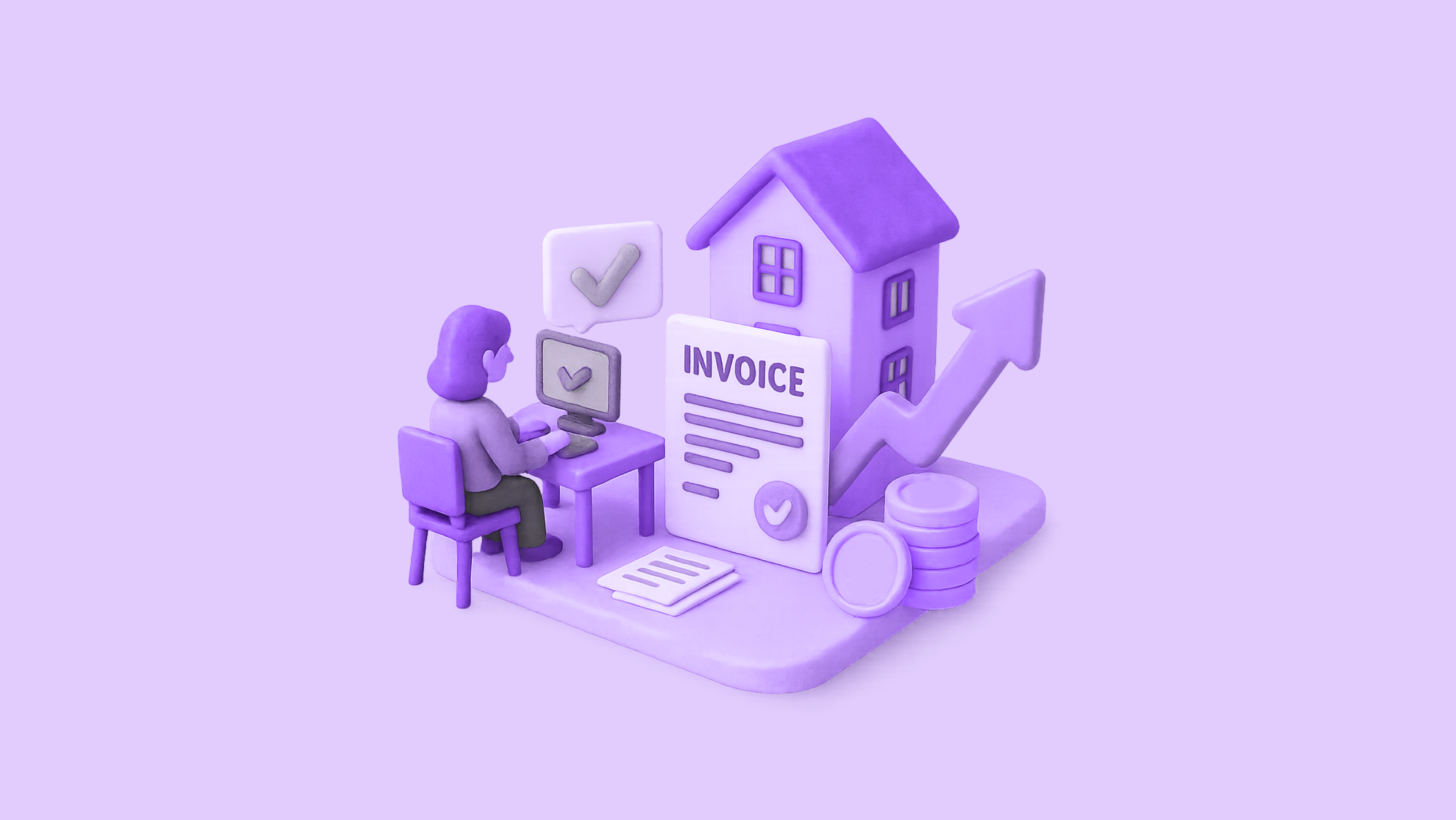Vendor relationships are the lifeblood of every thriving business. Whether you’re an up-and-coming D2C brand, a growing IT firm, or a traditional SME expanding your manufacturing footprint, your vendors—from your raw material suppliers to your freelance marketing team—determine your speed, quality, and ultimately, your success.
In India’s hyper-competitive and rapidly digitizing market, managing these relationships can feel like a game of three-dimensional chess. But guess what? The future is making it easier, smarter, and more strategic.
We’re moving far beyond spreadsheets and manual invoice approvals. The future of vendor management (VMS) is automated, intelligent, and deeply connected.
Ready to transform your vendor ecosystem from a cost centre into a competitive advantage? Let’s dive into the essential vendor management trends of 2025 that every Indian business owner must embrace.
Trend 1: AI and Hyper-Automation: The End of Manual VMS
Artificial Intelligence (AI) and Machine Learning (ML) aren’t just buzzwords anymore; they’re the engines driving the next generation of Vendor Management Systems (VMS). For small and mid-sized businesses (SMBs) in India, this is a game-changer.
What’s Changing?
- Automated Onboarding and Vetting: Forget spending days manually collecting PAN, GST, and bank details. AI-powered tools can instantly verify vendor credentials, flag discrepancies, and ensure compliance documents are up-to-date, making the onboarding process lightning fast and error-free.
- Real-World Example: An Indian manufacturing SME can onboard a new regional packaging supplier, including verifying their GSTIN and validating their bank account, in a matter of minutes, not days.
- Predictive Performance and Risk Scoring: AI algorithms analyze historical data—like delivery timelines, quality checks, and payment history—to generate a real-time risk score for every vendor. This allows you to proactively address potential delays or quality drops before they impact your business.
- Intelligent Spend Analysis: AI tracks your spending patterns across categories and vendors, instantly identifying opportunities for consolidation, cost savings, and better negotiation leverage.
Pro Tip for SMBs: You don’t need a massive enterprise-grade system. Look for integrated accounting and banking automation platforms that offer these AI features specifically for your accounts payable and vendor payment workflows.
Trend 2: Holistic Risk Management and Compliance-by-Design
The complexity of India’s regulatory environment—from ever-evolving GST rules to data privacy norms—makes vendor compliance a significant headache. The future of VMS addresses this by building compliance and risk mitigation directly into the system workflow.
Focus Areas for 2025
- Continuous Compliance Monitoring: Instead of annual audits, your VMS acts as a continuous watchdog. It automatically tracks vendor certifications, licences, and statutory requirements (like a valid GST status). If a critical document is about to expire, the system sends automated reminders to both you and the vendor.
- Cybersecurity and Data Risk Vetting: With data breaches on the rise (and their costs increasing significantly for Indian businesses), vetting a vendor’s data security protocols is non-negotiable. Your VMS needs to offer features that help you assess and monitor third-party cybersecurity risk, especially for vendors who handle sensitive customer or financial data.
- Tiered Risk Categorisation: Not all vendors pose the same risk. The new VMS trend involves segmenting your vendors into High, Medium, and Low-Risk categories based on factors like the value of the contract, the sensitivity of the data they access, and their financial health. This allows you to allocate your compliance resources strategically.
Actionable Insight: Start by creating a mandatory, digitised Vendor Compliance Checklist for every new vendor that covers all key statutory documents. Automate the tracking of renewal dates for these documents.
Trend 3: The Consumerisation of B2B Payments (Faster, Smoother, More Flexible)
The experience of paying a vendor shouldn’t be more complicated than paying for groceries online. The next wave of vendor management is driven by the “consumerisation” of B2B payments, making the process faster, more flexible, and entirely digital.
VMS Payment Innovations
- Real-Time, Integrated Payments: Manual payment file uploads and bank portal juggling are out. The trend is moving toward VMS platforms that integrate directly with your bank account for real-time payments (via IMPS, NEFT, RTGS, and UPI), ensuring immediate settlement and instant reconciliation. This is crucial for maintaining good relations with small suppliers who rely on quick cash flow.
- Automated Invoice-to-Pay Workflow: This is the core of Accounts Payable (AP) automation. An intelligent VMS can read an invoice (using OCR technology), match it against the Purchase Order (PO) and Goods Receipt Note (GRN) (Three-Way Matching), auto-approve it based on pre-set rules, and initiate the payment—all without human intervention.
- Flexible Payment Methods for Vendors: Forward-thinking VMS platforms offer vendors flexibility, whether they prefer a standard bank transfer or a virtual card for specific purchases. This flexibility enhances vendor satisfaction and collaboration.
Trend 4: Deeper Collaboration and Strategic Partnerships
In a resilient supply chain, vendors aren’t just transactional counterparties; they are strategic partners. The future of VMS is centered on collaboration, communication, and shared success.
How to Build a Strategic VMS
- Vendor Self-Service Portals: This is perhaps the most crucial trend for operational efficiency. A dedicated vendor portal allows your suppliers to:
- Upload invoices and compliance documents directly.
- Track the real-time status of their payments.
- Update their own bank and profile details (subject to your approval).
- Benefit: This drastically reduces the number of ‘When will I get paid?’ calls and emails your accounts team receives, saving countless hours.
- Shared Performance Dashboards: Move away from one-sided evaluations. A collaborative VMS provides vendors with a view of their performance metrics (on-time delivery, quality scores, etc.), fostering transparency and a mutual commitment to improvement.
- Data-Driven Negotiation: Armed with granular spend data and performance metrics from your VMS, your team can move beyond simply haggling over price to negotiating better service level agreements (SLAs), faster payment terms, or joint innovation projects.
Future of Vendor Management: Final Takeaways for Indian Business Owners
The Future of Vendor Management is no longer a manual, administrative task—it’s a strategic pillar of business growth. By adopting the trends of 2025, you are not just simplifying compliance; you are building a resilient, agile, and cost-effective supply chain.
Embrace automation to free your team from tedious data entry. Prioritise integrated compliance to protect your business from penalties. And leverage connected banking to ensure your vendors are paid on time, every time, strengthening those all-important relationships.
Ready to Automate Your Accounts Payable and Embrace the Future of VMS?
💡 OPEN Money offers a seamless, all-in-one platform that brings your banking, accounting automation, and automated vendor payments onto a single dashboard. Start managing your vendors, invoices, and payments with the intelligence your business deserves.
Frequently Asked Questions (FAQ)
What is the biggest VMS trend for Indian SMEs in 2025?
The single biggest trend is AI-powered accounts payable and payment automation. This means using software to automatically capture invoice data (OCR), match it with POs (Three-Way Matching), verify vendor GST and bank details, and process the payment instantly, drastically reducing manual effort and errors.
How can I ensure my vendor is GST compliant?
In 2025, the best approach is to use an integrated VMS or accounting automation platform that features automatic GSTIN validation. The system should be able to instantly check the status of a vendor’s GSTIN against the official government database, both during onboarding and continuously.
What is ‘Three-Way Matching’ and why is it important?
Three-Way Matching is a critical internal control process where the details on three documents—the Purchase Order (PO), the Goods Receipt Note (GRN) (proof of service/delivery), and the Vendor Invoice—are compared. It ensures you only pay for what you ordered and actually received, which is crucial for preventing fraud and overpayment. Automated VMS platforms perform this instantly.
Is a dedicated VMS necessary, or can I use simple accounting software?
For a growing business with more than 10-15 regular vendors, a basic accounting tool is often not enough. A dedicated or integrated VMS (like a connected banking platform) is necessary for risk management, automated compliance tracking, vendor self-service, and complex payment workflows that basic software can’t handle.
How does automation help with vendor risk management?
Automation enables continuous monitoring. Instead of periodic checks, an automated system constantly monitors vendor data (financial health, compliance status, license renewals, news/alerts). It immediately notifies you of any change in their risk score, allowing for proactive mitigation.
What should I look for in a vendor self-service portal?
An excellent vendor self-service portal for the Indian market should allow vendors to:
- Update their bank/KYC details securely.
- Upload GST-compliant invoices.
- Check the real-time payment status (Approved, Processing, Paid) of their invoices.
How can I use a VMS to strengthen vendor relationships?
Strong relationships are built on trust and timely payments. A VMS strengthens this by:
- Ensuring fast and accurate payments through automation.
- Providing transparency via the self-service portal, where vendors can track their payment status.
- Minimising disputes through automated, auditable invoice matching.
Will AI replace my accounts payable team?
No. AI and automation will not replace your team; they will empower them. By automating repetitive tasks like data entry and three-way matching, your AP team is freed up to focus on strategic activities, such as advanced cost-saving negotiations, risk assessment, and improving cash flow management.





